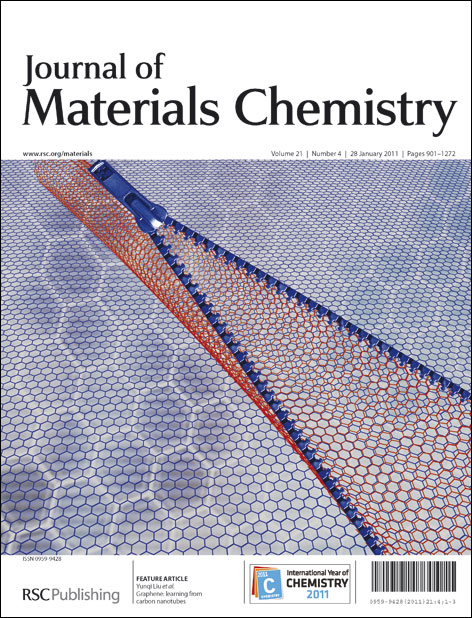In situ gene transfection and neuronal programming on electroconductive nanocomposite to reduce inflammatory response†
Abstract
Inflammatory reactions, such as encapsulation of implanted electrodes by scar tissues and gradual degradation of neurons, are the key problems for neural tissue interfacing. These problems must be resolved for treatments of debilitating conditions to be effective. One strategy to mitigate them is to engineer neural electrodes with the ability to control cell response viain situgene transfection. Taking advantage of layer-by-layer (


 Please wait while we load your content...
Please wait while we load your content...